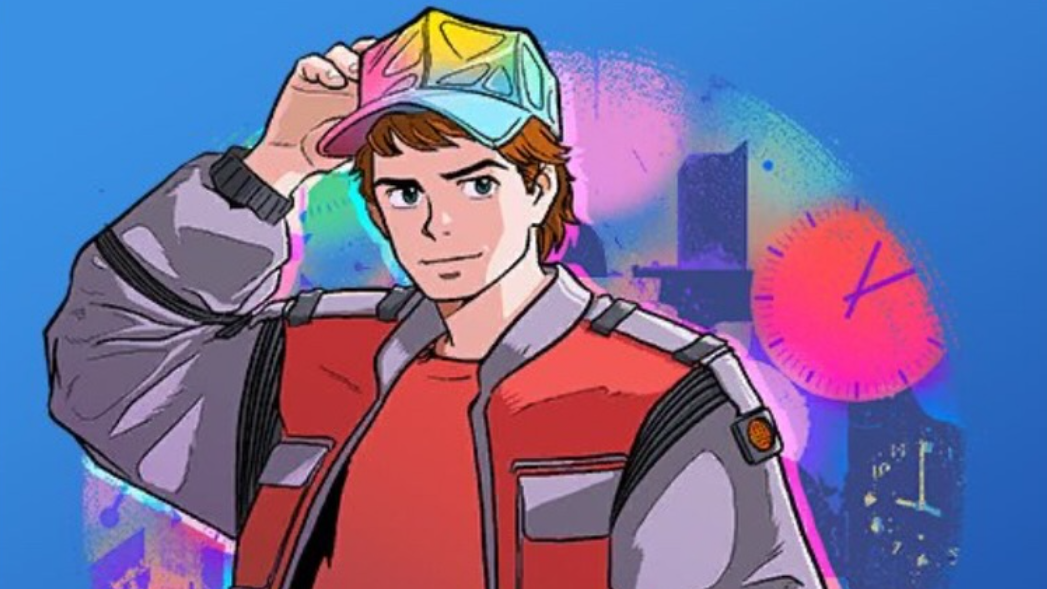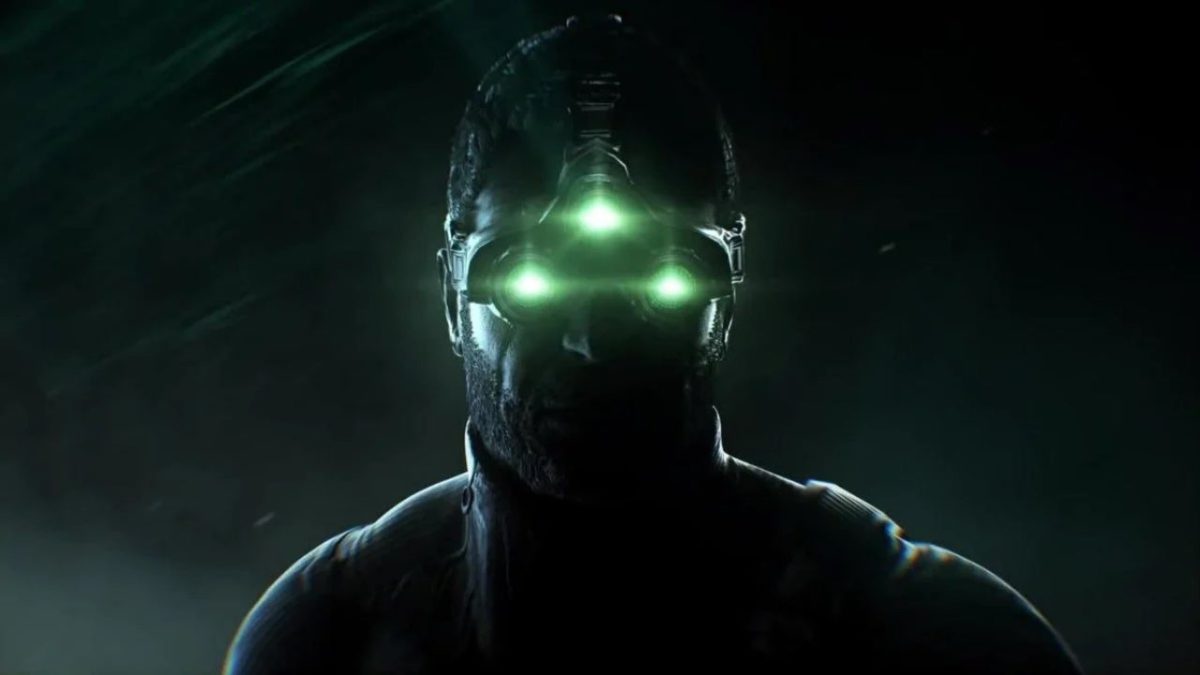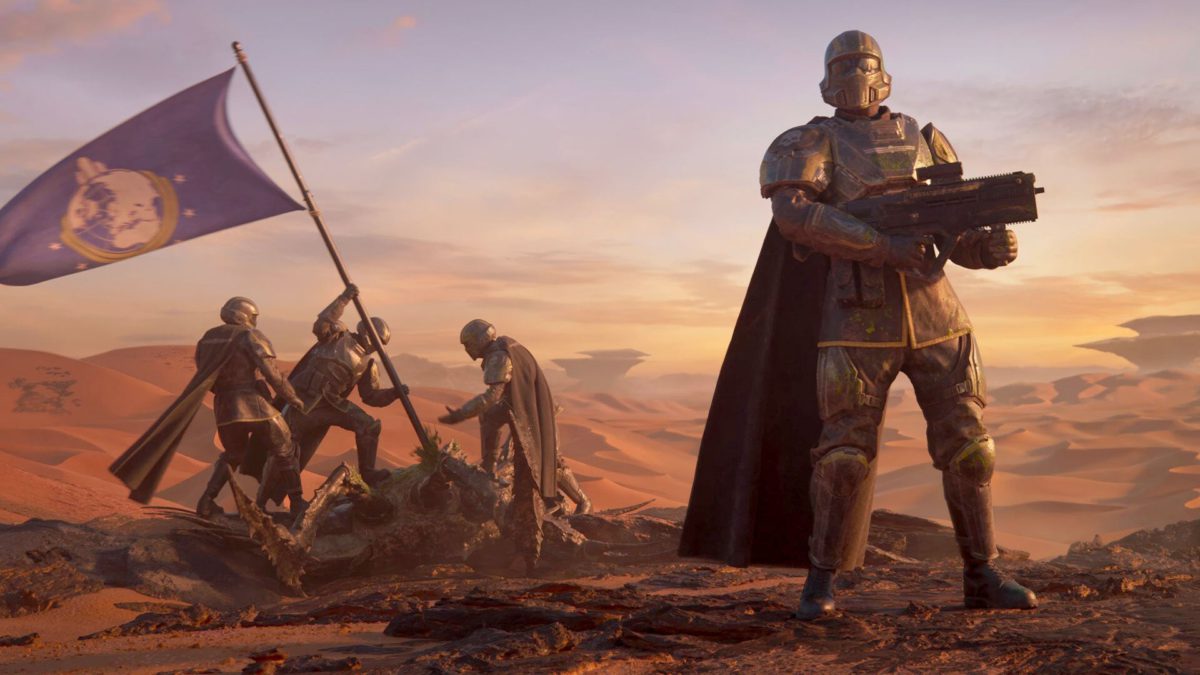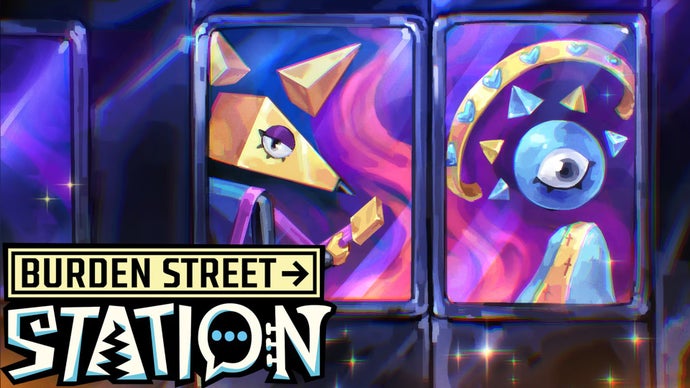
A Fortnite artist has been forced to defend their work after fans suggested numerous images found within the game’s new season are AI-generated, including a suspicious-looking poster showing a character in a hammock with an odd number of toes.
Last night, freelance artist Sean Dove took to Instagram in response to fan claims that his Studio Ghibli-style depiction of Back to the Future hero Marty McFly was the product of AI generation. Dove, a frequent Fortnite collaborator, showed off his manual process for drawing the image. But while he drew the Ghibli-esque main character himself, Dove admitted he may still have inadvertantly included AI elements in the background.
“I guess someone on reddit thinks this was AI,” Dove wrote. “I think the culprit is a clock in the background. I grabbed some clocks off image search, collaged them, and halftoned them. The numbers are bad, entirely possible I grabbed an AI clock and wasn’t paying attention.”
And while Dove has personally responded, Fortnite developer Epic Games has so far remained silent on the topic, as fans on reddit create numerous threads pointing out other examples of images they think show signs of AI generation. (IGN contacted Epic Games for this story, but did not receive a comment back.)
Most egregious, according to fans, is an in-game poster for a location named Mile High Retreat. The image shows a pair of legs sticking out from a hammock, with five toes visible on one foot and four visible on another.
Another in-game poster being scrutinized by fans depicts the game’s glassy-eyed Tomatohead character as the host of Sauce Talk, a Hollywood-style chat show. And there’s discussion too around a mysterious song, Latata, set to be used in an upcoming emote. The music does not appear to come from a recognizable source, though some fans have suggested the audio has been sourced from stock music, rather than anything specifically AI-made.
Amid all the confusion, and lack of clarification from Epic Games itself, what’s clear is that Fortnite fans are keen to push back against the perception of AI art usage within the game. An enormous thread on reddit is tracking every example where players have doubts of images being made by human hands, and searching for more.
“Awful decision,” wrote one player. “I hope it gets amended. As others have said, the art and style of this damn game is one of the main reasons we love it. Generative AI has no place in it.”
“I thought things like Darth Vader were cool, using AI to achieve something that simply wouldn’t be possible without it,” another fan wrote. “But, that was the only case so far that I’ve genuinely found neat. Creating art is something humans, and especially Epic due to their money and resources, are very capable of doing.”
Epic Games is no stranger to AI technology, of course, having previously used generative speech technology to reproduce James Earl Jones’ Darth Vader portrayal. But despite having the rights and approval of Disney, the character’s inclusion proved controversial, especially as players quickly began making Vader say things more aligned with the dark side of the Force.
Last week, Epic Games boss Tim Sweeney suggested that Valve should ditch Steam’s AI Generated Content Disclosure label for games, as he believes AI use will become so ubiquitous it will make any warning redundant. “Why stop at AI use?” Sweeney wrote on social media. “We could have mandatory disclosures for what shampoo brand the developer uses. Customers deserve to know lol.
“It doesn’t matter any more,” he continued. “The AI tag is relevant to art exhibits for authorship disclosure, and to digital content licensing marketplaces where buyers need to understand the rights situation. It makes no sense for game stores, where AI will be involved in nearly all future production.”
Speaking of AI artwork, boot up Fortnite anytime recently and you’ll be greeted by a menu screen with dozens, if not hundreds, of user-made experiences that use AI artwork for their thumbnails, something Epic Games has previously said it is pointless to police, as technology rapidly improves to the point where AI images become almost impossible to distinguish.
Indeed, if nothing else, the whole matter has simply highlighted the increasing difficulty in 2025 of being able to tell what is AI-generated, and what is not.
Tom Phillips is IGN’s News Editor. You can reach Tom at tom_phillips@ign.com or find him on Bluesky @tomphillipseg.bsky.social




















